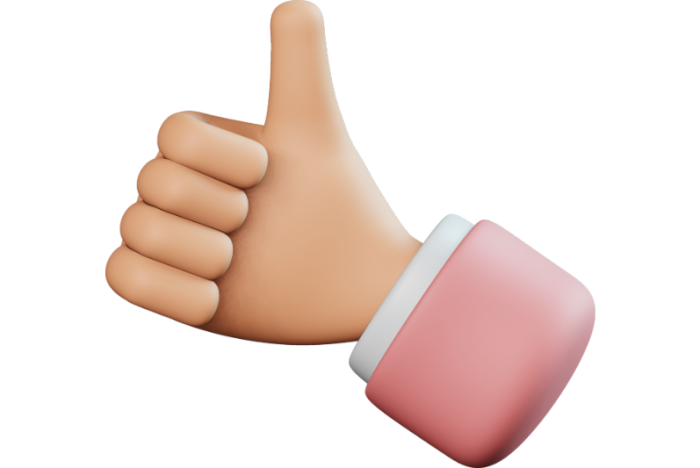
A Picture May Say 1,000 Words, But a Thumbs-Up Emoji Can Say “I Agree” to the Terms of a Contract, According to a Canadian Court
Most people who use emojis in their text messages or emails do so for the shorthand convenience they provide. Laughter, sadness, anger, congratulations, an invitation to lunch – all can be expressed with the push of one key. But according to one Canadian court, the 👍 emoji – used by millions of people every day to convey a positive reaction or approval – can go beyond a playful communication tool and form the basis of a legally binding contract.
The decision by a judge in a small town in Saskatchewan certainly has no binding precedential effect on American courts. But the basic principles of contract law are the same in both countries, and the ruling that a👍can be effectively the same as a signature on a contract opens the door for similar decisions south of the Canadian border.
The case of South West Terminal Ltd. v. Achter Land & Cattle Ltd. arose when the plaintiff, a grain buyer, sent a mass text message advising clients that the company was looking to buy 87 tons of flax at a specified price. One of the plaintiff’s representatives, Kent Mickleborough, spoke with farmer Chris Achter on the phone and texted a picture of a contract signed by Mickleborough, asking the farmer to “please confirm flax contract” in the message. Achter responded by texting back a thumbs-up emoji.
When Achter failed to deliver the flax, South West Terminal sued for breach of contract. Noting that previous contracts had been confirmed by text message, South West Terminal argued that the thumbs-up was Achter’s acceptance of the terms of the agreement. Achter asserted that the emoji simply meant he had received the contract, not that he intended to be bound by it.
Looking far afield for precedent and authorities about the origin and use of the thumbs-up emoji and considering the parties’ previous dealings through text messaging, the court acknowledged “that a 👍 emoji is a non-traditional means to ‘sign’ a document” but concluded that “under these circumstances this was a valid way to convey the two purposes of a ‘signature.'”
The court noted the defendant’s slippery slope argument that allowing 👍 to signify acceptance of a contract “would open up the flood gates to allow all sorts of cases coming forward asking for interpretations as to what various different emojis mean – for example, what does a 👊 emoji mean or a 🤝 emoji mean, etc.” However, the court said that it “cannot (nor should it) attempt to stem the tide of technology and common usage” of emojis. “This appears to be the new reality in Canadian society and courts will have to be ready to meet the new challenges that may arise from the use of emojis and the like.”
Given the prolific use of emojis in both personal and business communications, it is only a matter of time before a similar case arises in a U.S. court. In the business context, at least, it is probably best to express yourself in words rather than pictures. If you have any questions about this decision and its impact, please contact Deborah Lapin at Maddin Hauser.
